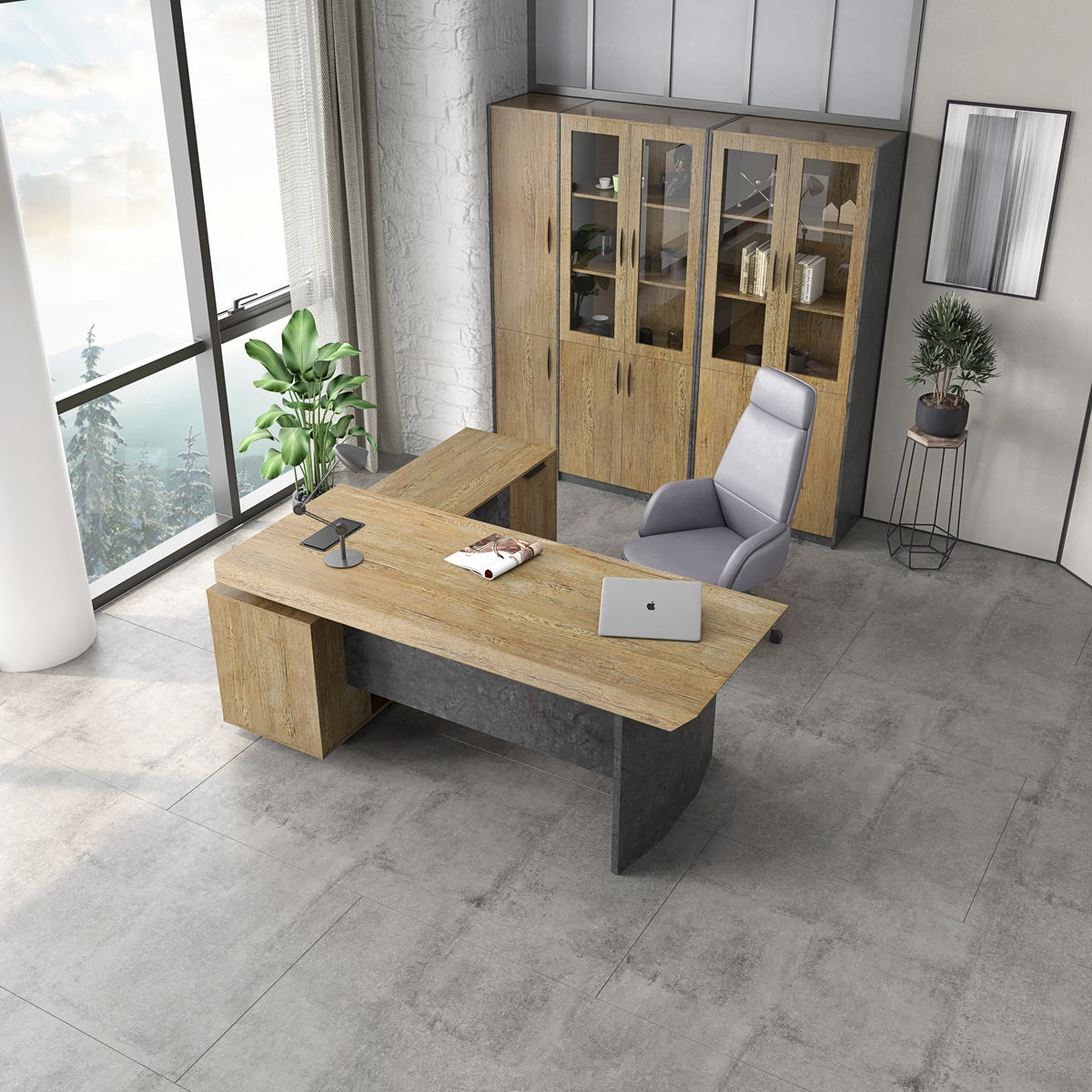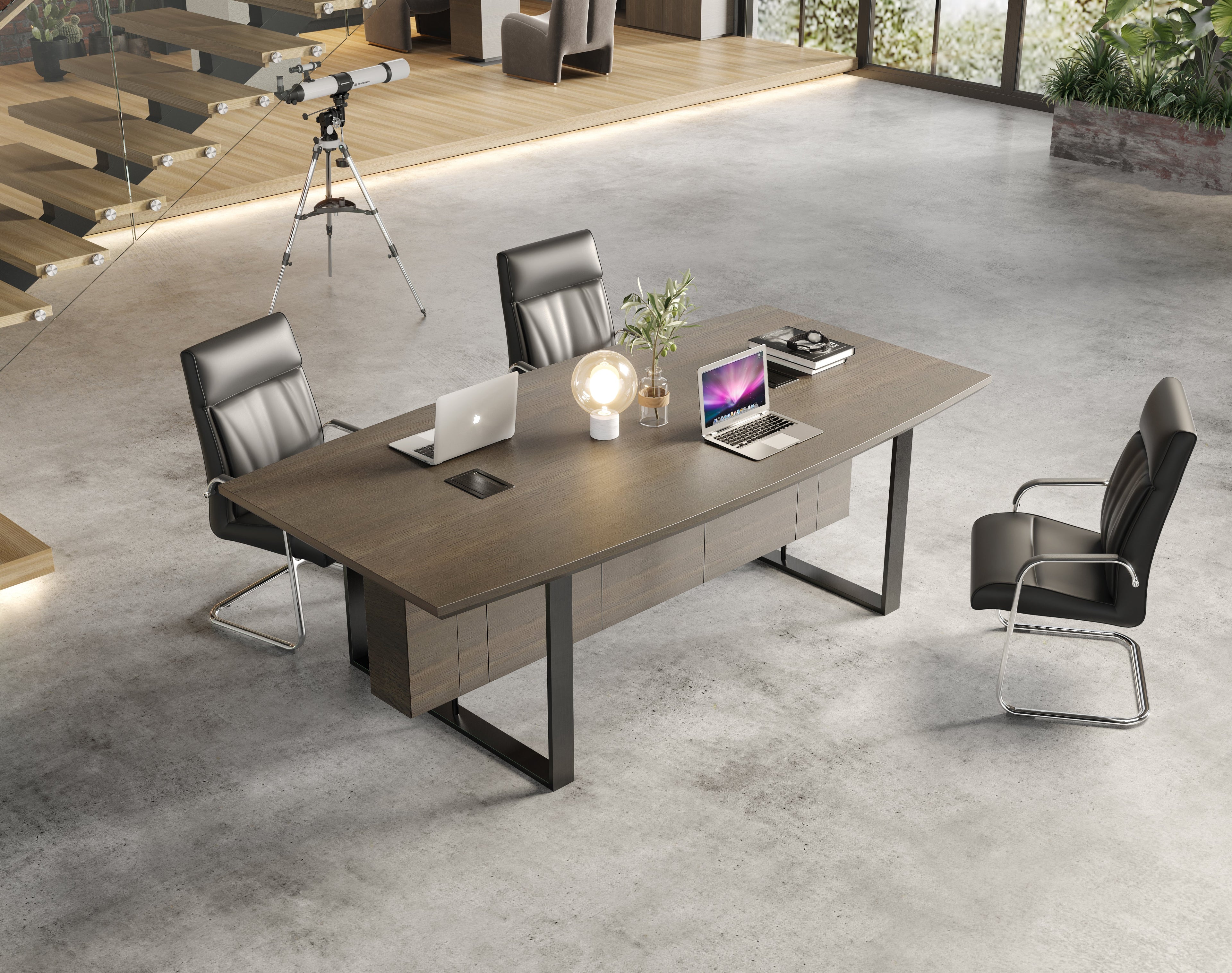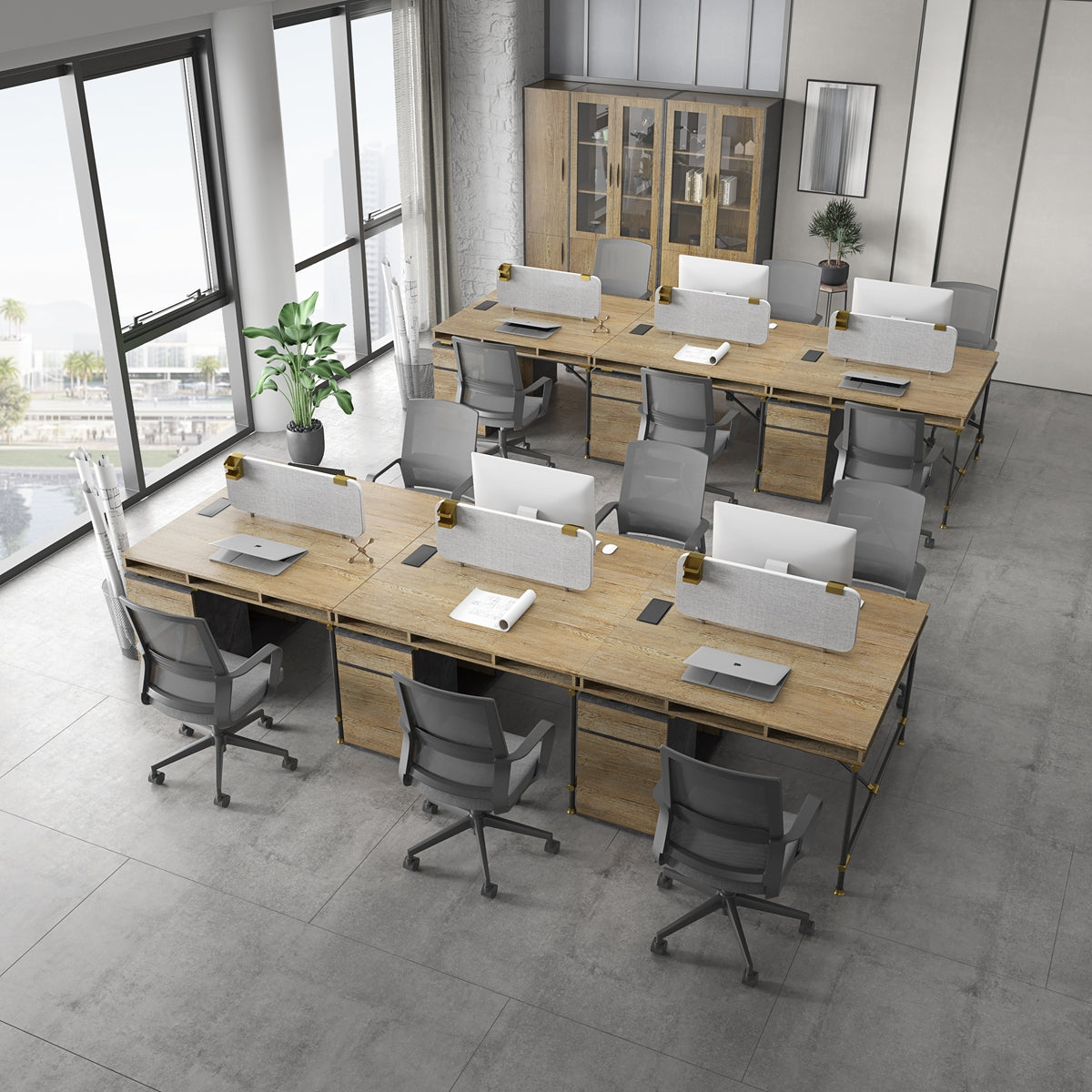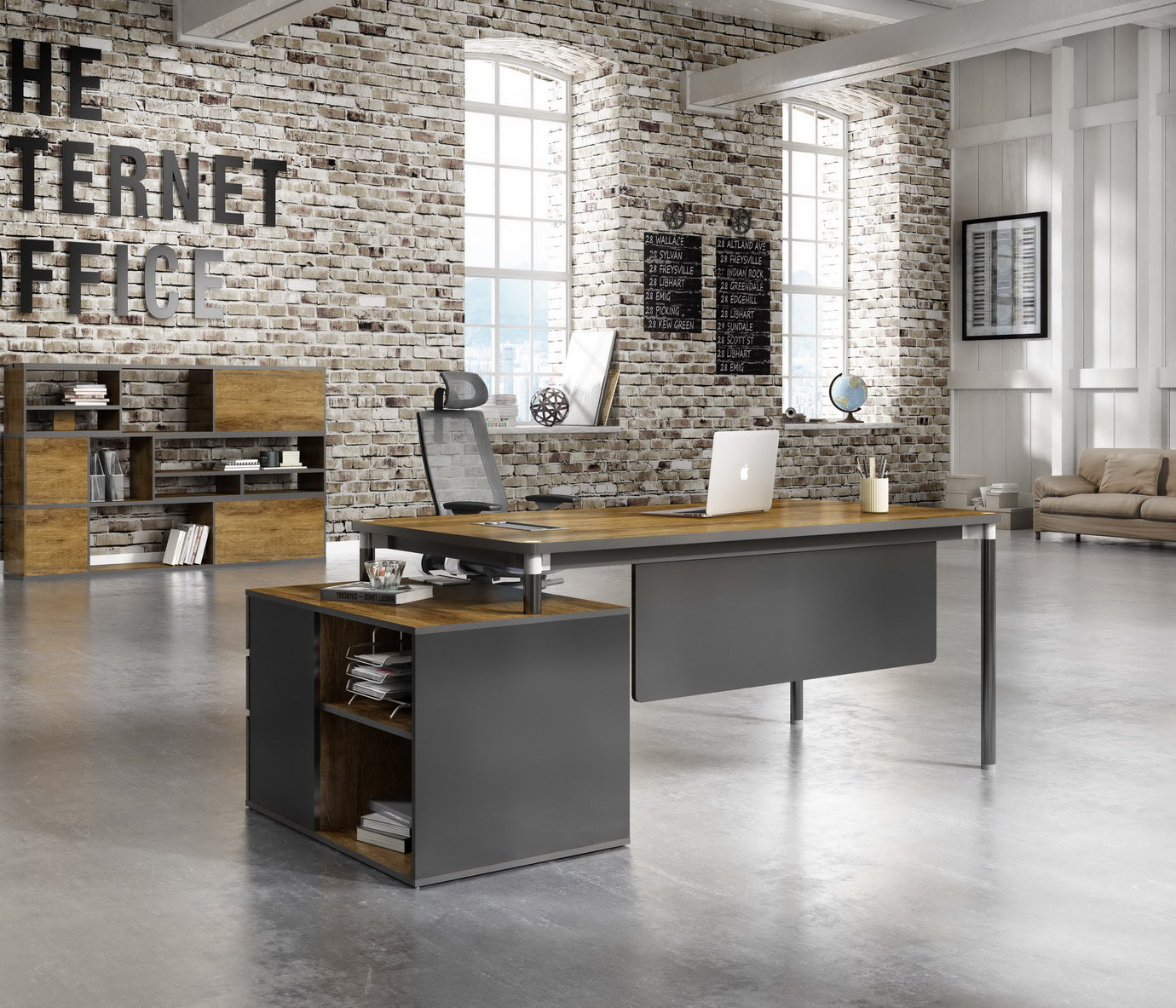Office workstations are areas where employees can work, and the design concept is to provide office efficiency, employee satisfaction, and employee health. Therefore, office workstations are the lifeblood of an enterprise. Good office design can improve work efficiency and attract talents, while bad office design will cause employees to be drowsy, overwhelmed, or inefficient, thus affecting the working atmosphere of the workplace and the mood of the entire office area, which may seriously affect the company's profits.

What aspects should be paid attention to in the design of a good workstation?
01 Location of the workstation
The workstation is a densely populated area of the company, and it is also an area where people and teams communicate with each other. First of all, the workstation needs a more humane design. The workstation is where employees stay for a long time, and the location should be selected in a place with good ventilation and lighting in the office. In addition, different departments should be divided and the departments with business dealings should not be too far apart, which is conducive to discussions and exchanges between employees and departments. In addition, some green plants can be placed appropriately in the workstation to purify the space.

02 Layout types of office areas
According to the business of the enterprise, the types and modes of work can be divided into four types of layouts: honeycomb type, secret room type, small group team type, and club type.
Honeycomb type
The honeycomb type is usually set up in a large open space, with simple screen workstations arranged in a row in a regular field shape. There is less interaction between colleagues and less autonomy. It is a traditional office planning, such as banks, customer service centers, etc.

Secret room type
The secret room type office area is in the form of independent offices or large spaces divided by ceiling partitions to form personalized independent workrooms. It has high self-discipline and low interaction. It is a personal, focused and less interactive work form, such as accounting, lawyers and other industries.

Group team type
The group team type is usually a fully open space or an independent group space, with low self-discipline and high interaction, suitable for design teams, R&D teams, etc. The space design is flexible, with communication as the main function. Employees have fixed work positions, and their work areas are interspersed with each other. There will be low partitions or no partitions. Shared negotiation tables or conference tables and other discussion and communication spaces will be planned in between to enhance the convenience of teamwork.

Club type
Club type office space design is suitable for jobs and companies that must work independently but also need to interact frequently with colleagues. The space adopts the planning concept of "sharing". Individual seats may not be fixed, but they are still private, so that individuals are not disturbed when working. There will be multiple meeting areas to accommodate a few or most people for communication and discussion or leisure gatherings. This type of meeting area is not limited to fixed areas such as meeting rooms, and can even work in leisure areas. It is suitable for knowledge workers with high self-discipline and high interactivity. The notable feature of this office form is that the office and public leisure areas intersect or blend, and the degree of freedom is extremely high. Internet companies, advertising companies, media, etc. often use this office method.

03 Planning of office area traffic flow
The design of the work area focuses on productivity, efficiency and comfort. The basic elements are to conform to the rules of work activities and the requirements of office work. The planning of the flow of people in the space is also very important. Complex traffic flow often affects the work efficiency of employees and increases the chance of disturbing other colleagues. Departments that have business dealings or need to coordinate with each other are best on the same floor, such as the HR department and the finance department, the customer service department and the operations department.







